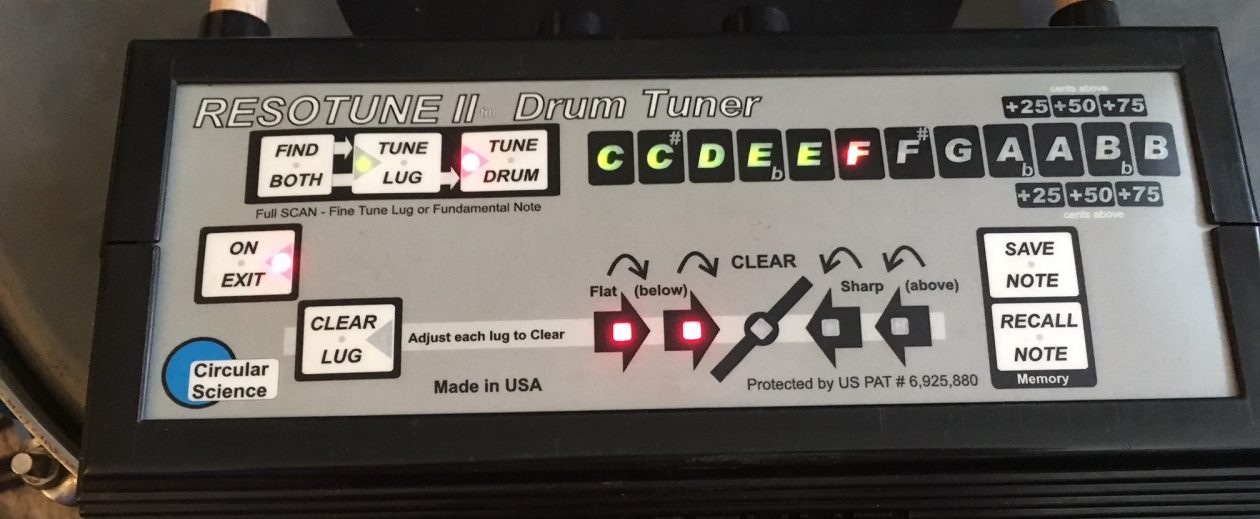HI Everybody !
after searching the internet for some info I decided , once again , to ask you guys...
I am building a summing system and I am looking for a faceplate like the one attached.
I've been using Schaeffer with many build I've done in the past... but this time I need something that is different looking that the stuff I used in the past . and the site seems a little bit confusing...
basically looking to get those black "printing" (but is that printing ?)
could someone explain tome the process ?
I have the layout I want , the different marking etc etc ...but I don't want to use "engraving"
thanks for your help !! ;D ;D ;D ;D
P
after searching the internet for some info I decided , once again , to ask you guys...
I am building a summing system and I am looking for a faceplate like the one attached.
I've been using Schaeffer with many build I've done in the past... but this time I need something that is different looking that the stuff I used in the past . and the site seems a little bit confusing...
basically looking to get those black "printing" (but is that printing ?)
could someone explain tome the process ?
I have the layout I want , the different marking etc etc ...but I don't want to use "engraving"
thanks for your help !! ;D ;D ;D ;D
P





